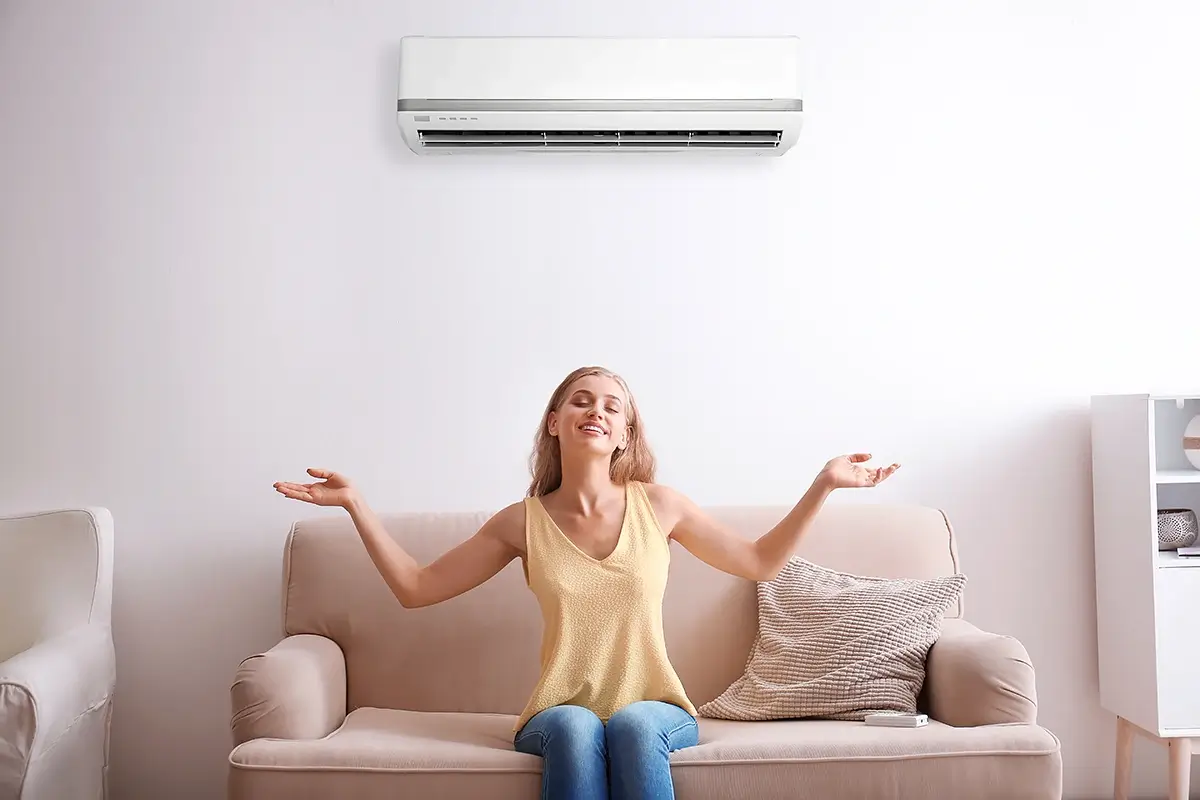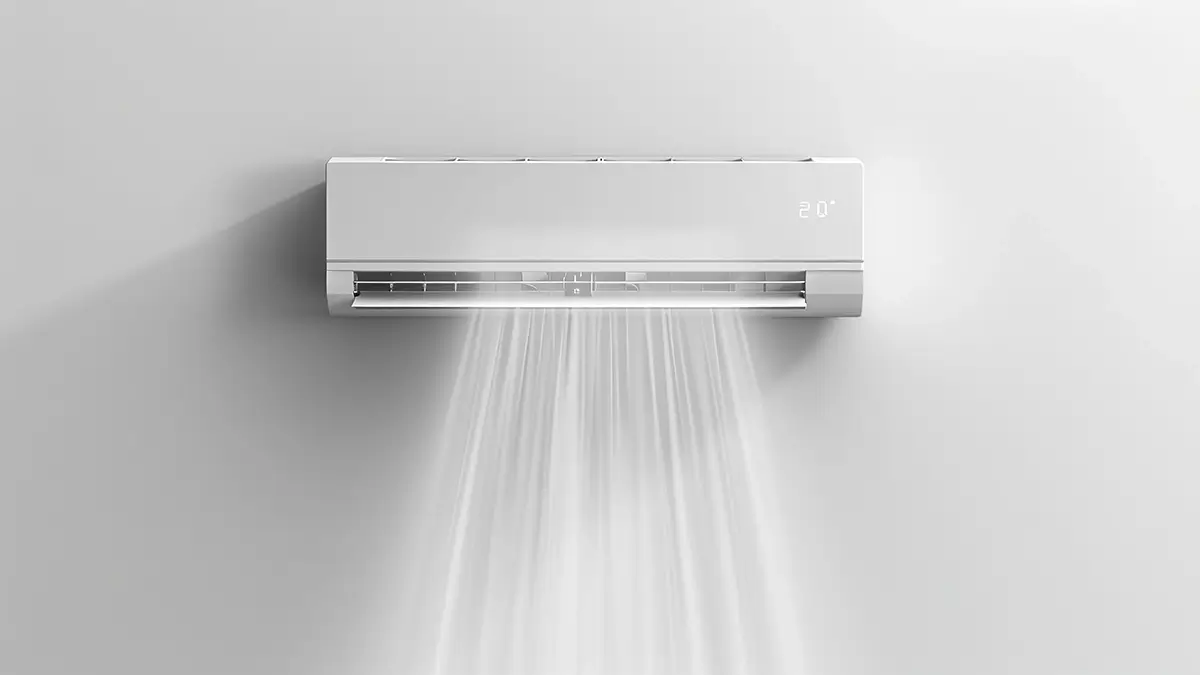
 Guide
Guide  AIR CONDITIONING FOR HOME AND APARTMENT – WHAT KIND OF HOME AIR CONDITIONER SHOULD YOU CHOOSE?
AIR CONDITIONING FOR HOME AND APARTMENT – WHAT KIND OF HOME AIR CONDITIONER SHOULD YOU CHOOSE? 
 Guide
Guide  AIR CONDITIONING FOR HOME AND APARTMENT – WHAT KIND OF HOME AIR CONDITIONER SHOULD YOU CHOOSE?
AIR CONDITIONING FOR HOME AND APARTMENT – WHAT KIND OF HOME AIR CONDITIONER SHOULD YOU CHOOSE? 
 Back
BackFrom March to September, the days are longer, and temperatures get higher. There are periods of several weeks of heat, especially from June to August, which makes it difficult for us to function normally, whether at your house or in an apartment. It is worth thinking about this beforehand, and providing yourself with an ideal and comfortable temperature, whatever of the season and time of day.
Nowadays, home air conditioning is a one-hundred-percent-efficient solution to prepare for the hot season. This solution, which until recently was still a luxury available only to the few, today is actually accessible to everyone. A growing number of people are taking advantage of the benefits of home air conditioning; for example those who are having detached houses built. There are many types of air conditioner on the market, but two of them are particularly suitable for home use. Find out more about these, and opt for the solution which works best for your apartment.
In Poland, air conditioners of this type are becoming more and more frequent enhancement`s in apartments and detached houses. They stand out for their high efficiency and rather-simple design. They are comprised of two units: external (where all the noise-generating components are installed), and internal. The first is installed outside the building, the second inside the room, where it can comfortably fit in with the interior design of the particular space. This is facilitated by the variety of air conditioners available:
Home air conditioning based on the split-type system will be a good choice, primarily for:
When installing split-type home air conditioners, you must take into account the need to obtain the appropriate permit and installation method. What’s worth knowing:
Portable air conditioners are an excellent alternative to split-type air conditioners. They will work well in smaller rooms (up to 30 square metres) and under low heat loads. Their main advantages include:
If used at home, such an air-conditioning system has some limitations when compared to the solution discussed above:
Finally, portable devices can also dehumidify the air, and some models also feature a heating function, for example the KAISAI KPPD.
How much power does home air conditioning use?
Home air conditioning usually has a low cooling capacity, which means that power consumption is also not very high. Electric power drawn from the mains by an air conditioner is about 3 times lower than its cooling capacity. Thus, an air conditioner with the lowest capacity of 2.6KW will consume less than 1kW of electricity
per hour of operation.
Is the energy-efficiency class important?
The more economical a device is, the higher is its energy class. When purchasing an air conditioner, it is therefore worthwhile to ensure that the energy class of the unit is at least class A. When operating the air conditioner, remember to close the windows in the air-conditioned room, thus contributing to the savings on energy bills. Do not set too low a room temperature on your remote control, as this can increase the operating costs.





